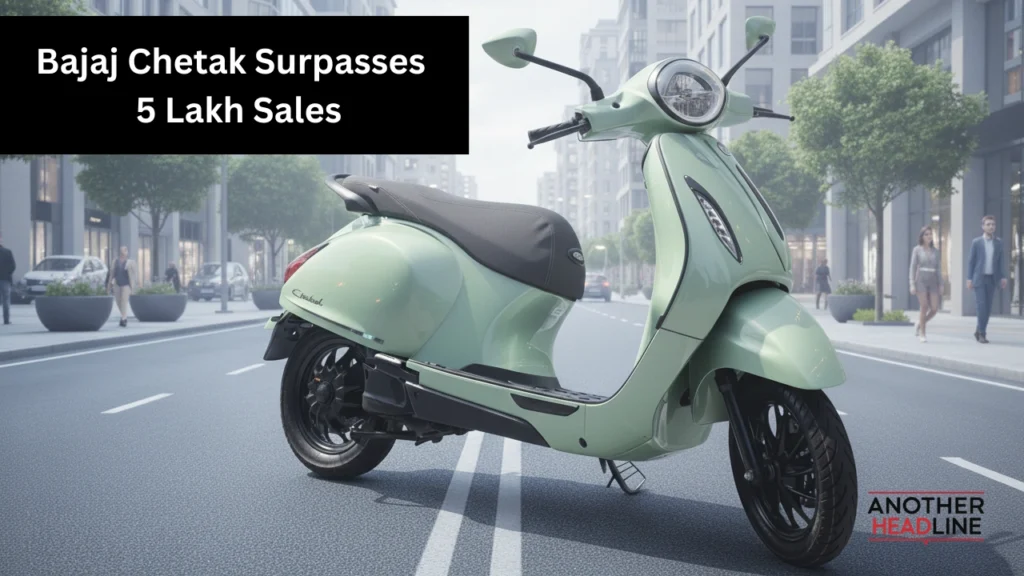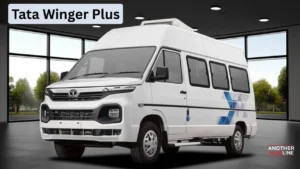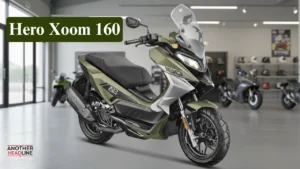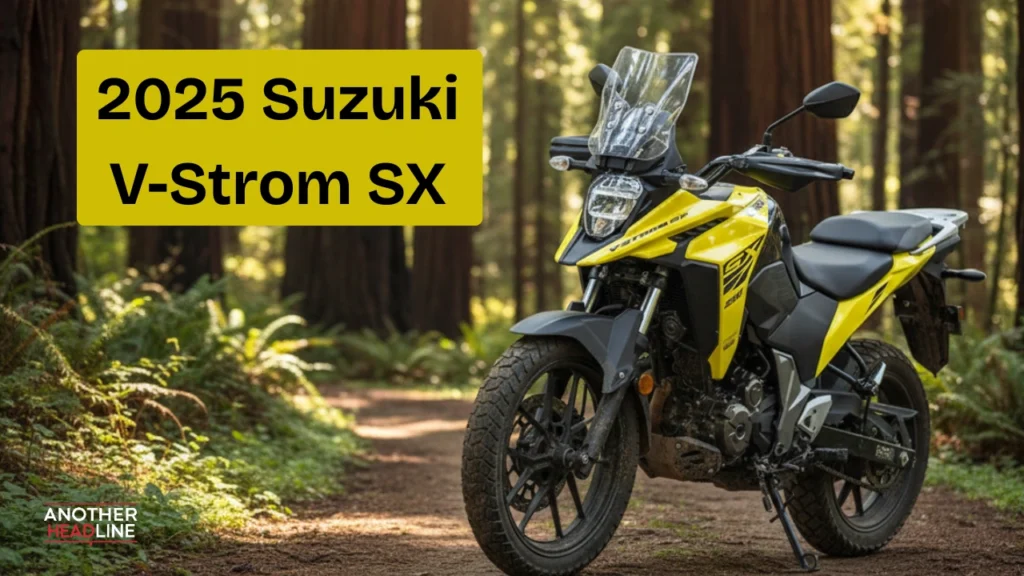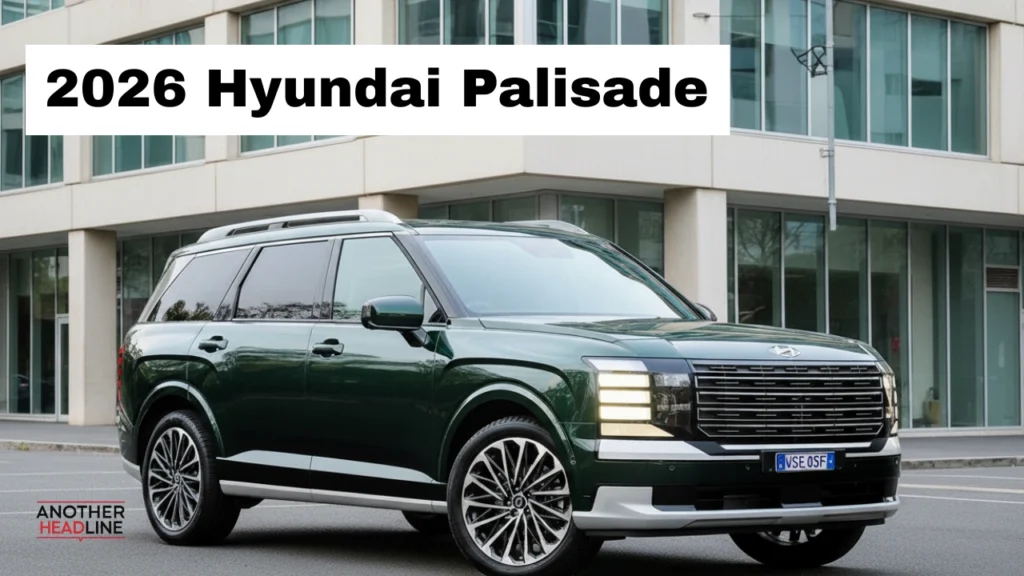Bajaj Chetak: The electric two-wheeler market in India has been gaining momentum, and one of the key contributors to this growth is the Bajaj Chetak. Relaunched in January 2020, the scooter has become a household name in the EV space. With more than 5 lakh units sold across India, it has firmly established itself as a reliable and stylish choice for customers seeking a blend of tradition and modern technology. Despite facing hurdles in production and supply chain challenges, Bajaj has managed to keep the Chetak relevant in an increasingly competitive market.
Bajaj Chetak EV: Sales Growth and Journey
The journey of the Bajaj Chetak EV has been marked by steady progress and eventual acceleration. After its comeback, it took almost four years for the scooter to reach its first major benchmark of 1 lakh sales. This initial phase reflected the cautious adoption of EVs among Indian buyers. However, since April 2024, sales figures have surged significantly.
- The scooter crossed 5 lakh units in total since its relaunch.
- Over 3.48 lakh units were delivered in just 20 months.
- More than 2 lakh scooters were sold in under 10 months, showcasing growing acceptance.
These figures clearly highlight how the perception of electric scooters has changed. Rising fuel prices, government incentives, and improved EV infrastructure have all contributed to making the Chetak a strong contender in the two-wheeler space.
Variants, Battery Options, and Pricing
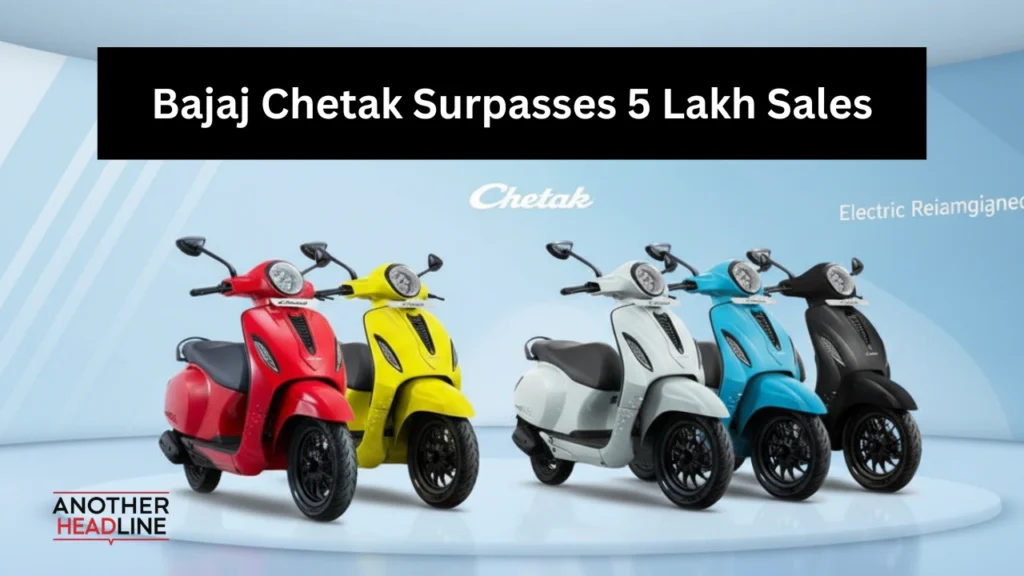
Bajaj offers the Chetak in four variants—3001, 3501, 3502, and 3503—catering to different customer needs and budgets.
Also Read
- Chetak 3001: Entry-level model with a 3 kWh battery, designed for cost-conscious buyers.
- Chetak 3501, 3502, 3503: Higher trims featuring 3.5 kWh battery packs, offering extended range and additional features.
The ex-showroom price begins at around ₹1.07 lakh for the base variant and goes up to ₹1.40 lakh for the top model. This pricing strategy makes the Chetak accessible to a wider range of buyers while maintaining competitive positioning against other EV brands.
Bajaj Chetak EV: Market Standing and Challenges
While the Chetak has managed to capture the interest of customers nationwide, its journey hasn’t been entirely smooth. Global supply chain disruptions, particularly the shortage of rare-earth magnets, posed significant hurdles for Bajaj. These issues temporarily slowed down production and delayed deliveries.
However, Bajaj responded by strengthening its supplier base and ensuring production stability. Moreover, its widespread service network—boasting over 3,800 touchpoints across India—played a crucial role in sustaining customer trust. This extensive after-sales support ensures that users in even remote regions can rely on timely servicing and parts availability.
Why the Chetak Continues to Shine
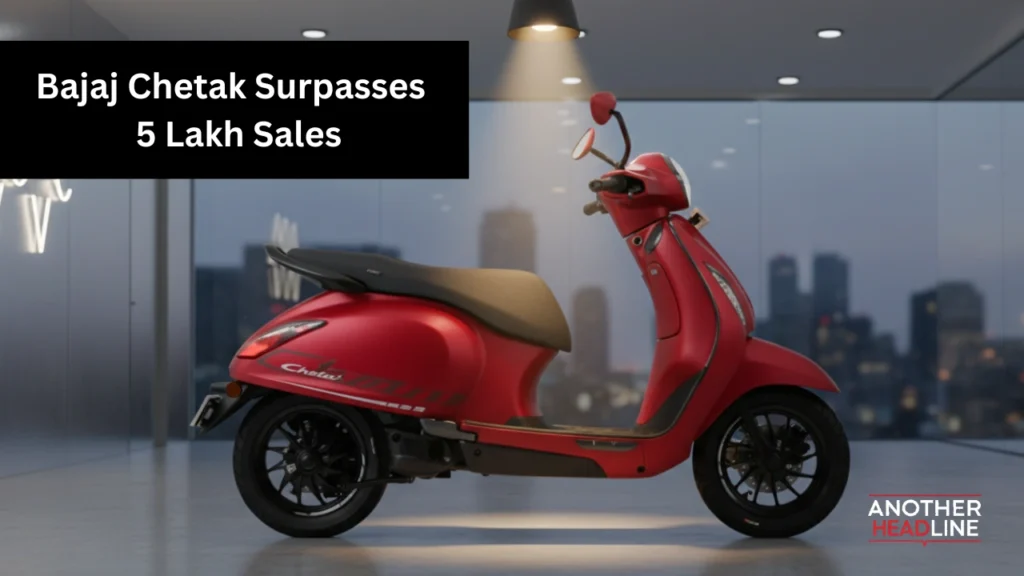
The Bajaj Chetak has a unique advantage: it combines nostalgia with modern electric technology. Its design cues pay homage to the original Chetak, while the EV architecture appeals to new-age buyers. Beyond looks, several factors make the scooter attractive:
- Strong brand trust: Bajaj’s reputation as a leading two-wheeler manufacturer builds customer confidence.
- Balanced performance: Adequate battery capacity and reliable range for daily commuting needs.
- Government incentives: State and central subsidies further reduce the effective price for buyers.
- Urban practicality: Compact design and easy handling suit congested city roads.
With these strengths, the Chetak is positioned as more than just an electric scooter; it is a lifestyle product blending practicality with heritage.
Future Prospects for Bajaj Chetak
The Indian electric two-wheeler industry is expected to grow exponentially over the next few years. As charging infrastructure improves and battery technology advances, Bajaj is likely to expand the Chetak lineup further. Possible upgrades may include larger battery packs, faster charging systems, and integration of smart connectivity features to compete with tech-driven rivals.
Furthermore, with increasing competition from brands like Ola Electric, TVS, and Ather, Bajaj will need to innovate continuously to maintain its leadership. Its early mover advantage and established trust among Indian buyers, however, give it a strong foundation for the future.
Final Verdict
The Bajaj Chetak EV has carved a remarkable space in India’s electric scooter segment, not just through impressive sales but also by reviving an iconic name with a modern twist. From crossing 5 lakh units to overcoming production challenges, its journey reflects both resilience and rising demand for sustainable mobility. With a balanced mix of affordability, heritage design, and reliable service support, the Chetak stands as a benchmark in India’s EV revolution. For buyers looking for a dependable electric scooter that blends legacy with innovation, the Bajaj Chetak is a choice worth considering.

